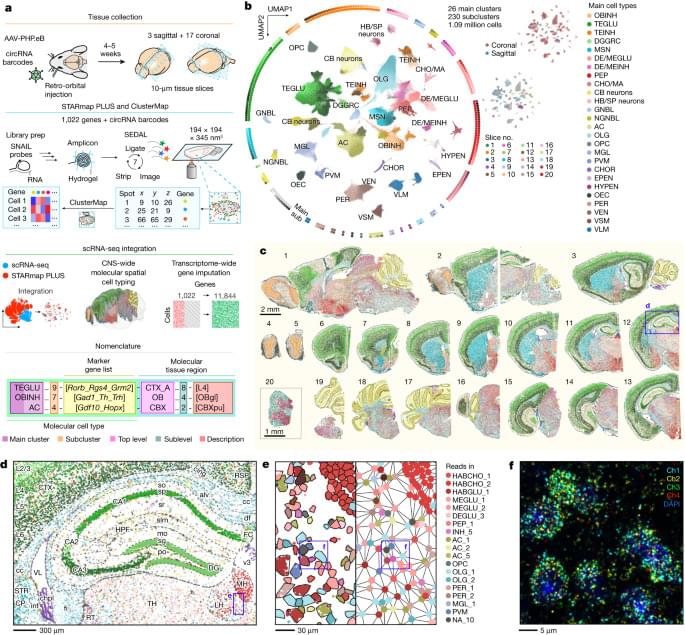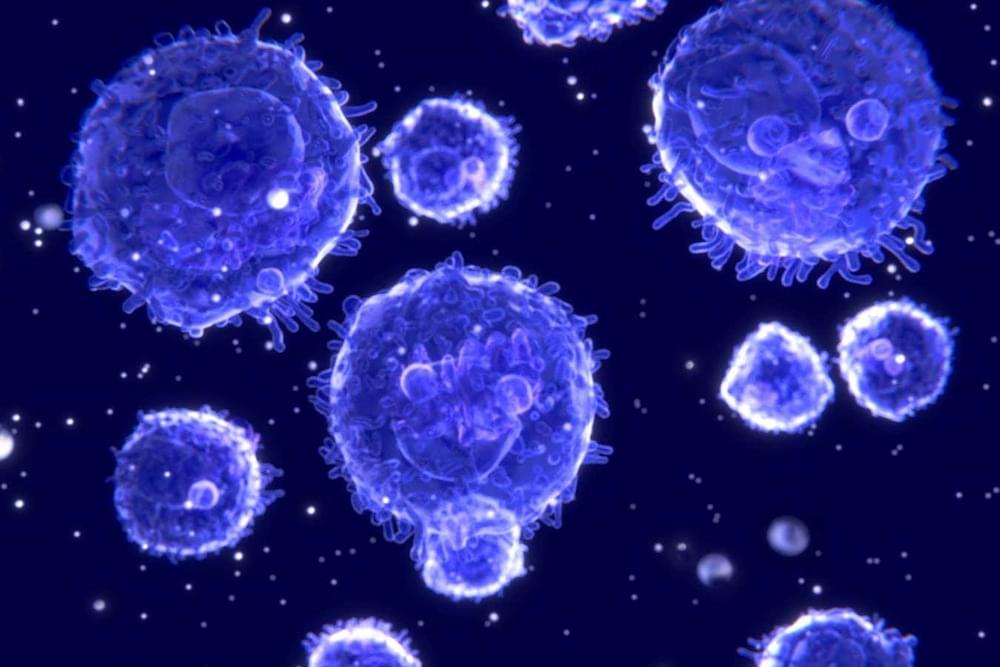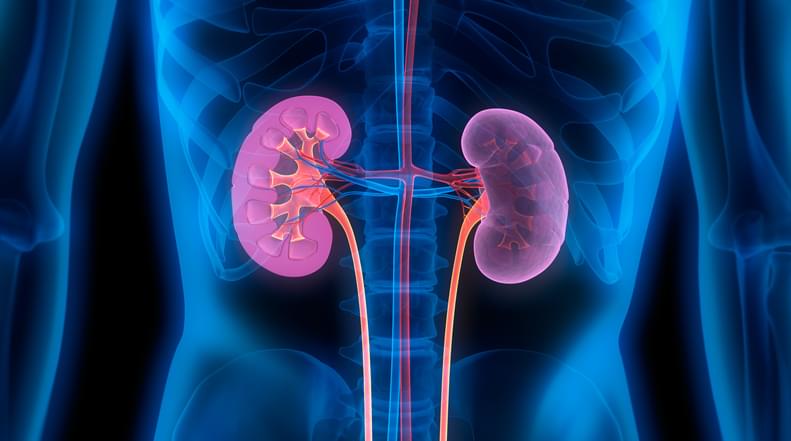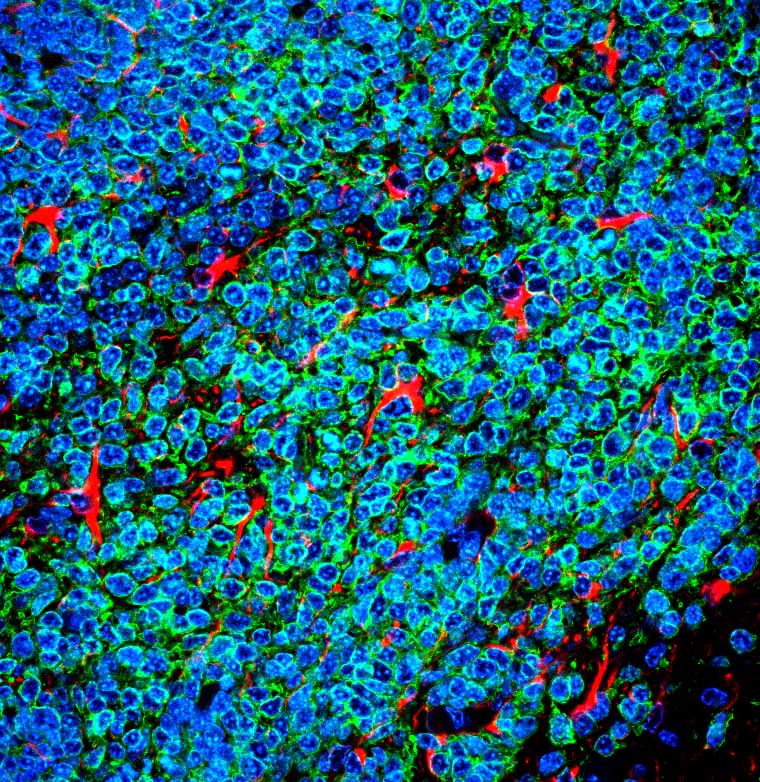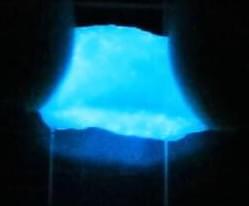A groundbreaking study in NPJ Digital Medicine demonstrates the superior accuracy of AI-based imaging in diagnosing and monitoring multiple sclerosis.
It has become nearly impossible for human researchers to keep track of the overwhelming abundance of scientific publications in the field of artificial intelligence and to stay up-to-date with advances.
Scientists in an international team led by Mario Krenn from the Max-Planck Institute for the Science of Light have now developed an AI algorithm that not only assists researchers in orienting themselves systematically but also predictively guides them in the direction in which their own research field is likely to evolve. The work was published in Nature Machine Intelligence.
In the field of artificial intelligence (AI) and machine learning (ML), the number of scientific publications is growing exponentially and approximately doubling every 23 months. For human researchers, it is nearly impossible to keep up with progress and maintain a comprehensive overview.
Stupendous paper on a new spatial transcriptomic atlas of mouse brain by Shi et al. from Xiao Wang’s group at MIT. They leverage their in situ sequencing method “STARmap PLUS” to profile 1,022 genes in 3D and map 1.09 million cells across the adult mouse brain and spinal cord. While they did not use the whole brain, instead opting for a series of thick sections at regular intervals, they still covered a lot of ground! Furthermore, they employed graph-theoretic computational methods to predict wider gene expression profiles of cells in their dataset, imputing single-cell expression profiles of 11,844 genes. This dataset/resource will serve the neurobiology community in elucidating the mechanistic workings of the brain!
In situ spatial transcriptomic analysis of more than 1 million cells are used to create a 200-nm-resolution spatial molecular atlas of the adult mouse central nervous system and identify previously unknown tissue architectures.
Next generation sequencing is now essential for patients with metastatic biliary cancer given the identification of targetable pathways, including fibroblast growth factor receptor and isocitrate dehydrogenase 1, for which there are approved treatments. HER2 has emerged as a target in metastatic biliary cancer, with studies finding 5% to 15% of cancers positive for overexpression or gene amplification.
Investigators now report results of an industry-sponsored, phase 2 basket study (SGNTUC-019) testing the combination of tucatinib — a HER2 tyrosine kinase inhibitor — and trastuzumab in patients with HER2-positive advanced biliary cancer that progressed on first-line gemcitabine/cisplatin–based chemotherapy. Local testing for HER2 was permissible via immunohistochemistry, fluorescence in situ hybridization, or next generation sequencing of tissue or blood.
Of 30 patients, half were men, 77% were Asian, half had gallbladder primaries, and half had intrahepatic or extrahepatic cholangiocarcinomas. During a median follow-up of 10.8 months, the primary endpoint of antitumor response rate was 46.7%, and duration of response was 6 months. The median progression-free survival was 5.5 months; median overall survival was 15.5 months. Treatment-related grade 3 or 4 serious adverse events were uncommon and attributable to tucatinib in 10% of patients and to trastuzumab in 6.7%; grade 3 diarrhea occurred in 6.6%.
An adult human’s immune system is made up of more than 1 trillion cells. In total, it weighs around 1 kilogram, depending on the size of the person.
By Chen Ly
An international team of researchers led by the University of Bristol report they have discovered a potential treatment for the world’s leading cause of kidney failure in children needing dialysis.
The findings are published in Med in an article titled, “Shiga toxin targets the podocyte causing hemolytic uremic syndrome through endothelial complement activation.”
“The most common cause of kidney failure in children is due to toxin-producing bacteria that enter the circulation through the gut resulting in a disease called hemolytic uremic syndrome (HUS),” wrote the researchers. “This commonly requires kidney dialysis, with approximately 5% of children developing life-long kidney failure or dying. It has been unclear why this toxin has a predilection for the kidney and what its mechanism of action is. This study shows the kidney podocyte cell is an important target of the toxin and signals to blood vessels through cellular crosstalk, causing complement activation and HUS.”
Recently, we partnered with Children’s Hospital Los Angeles (CHLA) to build a VR simulation that places medical students and staff in rare yet high-risk pediatric trauma situations where split-second decisions determine whether a patient lives or dies. Thanks to the immersive power of VR, we can replicate these training scenarios in true-to-life fashion, complete with paramedics rattling off symptoms, nurses and techs urging you to make a decision, and distraught parents praying for their child’s survival.
These visceral, interactive exercises up the stakes compared to traditional educational tools like non-VR simulations and mannequins. Powered by AiSolve and brought to life by the Hollywood VFX magic of BioflightVR, these virtual scenarios based on actual CHLA case studies let doctors and students practice and learn in realistic workplace conditions. Not only does this new innovation stand to significantly reduce the time and cost associated with mannequin-based training, it also better prepares people to respond in the real world.
Official Oculus Channels:
Oculus: http://ocul.us/Oculus.
Facebook: http://ocul.us/Facebook.
Twitter: http://ocul.us/Twitter.
Instagram: http://ocul.us/Instagram
Small cell lung cancers often metastasize to the brain. A Stanford Medicine study shows they thrive there by emulating developing neurons and recruiting surrounding cells for protection.
“An exciting feature of these materials is their inherent simplicity—they need no electronics, no external power source,” said study senior author Shengqiang Cai, a professor of mechanical and aerospace engineering at the UC San Diego Jacobs School of Engineering. “We demonstrate how we can harness the power of nature to directly convert mechanical stimuli into light emission.”
Alginate, a polymer made from seaweed, was added to the dinoflagellates as the main components of the bioluminescent materials. These substances were combined to generate a solution, which was then processed by a 3D printer to produce an assortment of shapes.
During tests, the substances lit up when the scientists applied pressure and made patterns on their surface. The materials were so sensitive that even the weight of a foam ball moving across their surface caused them to glow.



